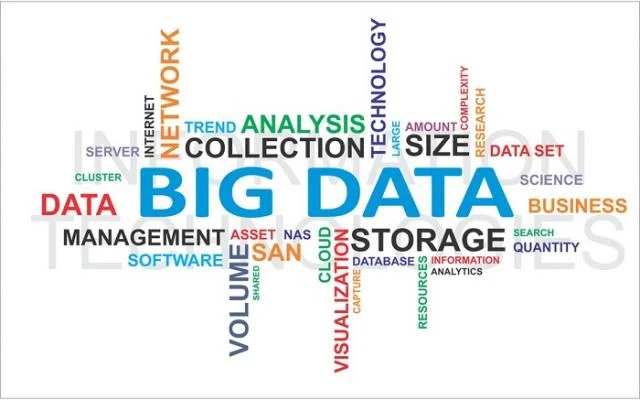One of a company’s most valuable assets is data, but few companies actually maximize their data’s economic benefit. In other words, many companies don’t make the most of data monetization.
For instance, you may be tracking your customer data, but are you gaining revenue from customer data? Data is used to improve customer experiences, better service quality, target marketing efforts, raise upsell opportunities, capture customer sentiment and trigger service and product innovation. Accumulating information about your customers is important, but using this information to make money is essential to the success of your business.
But what exactly is data monetization? If you’re unfamiliar with the term, essentially it is a process by which data producers, data consumers and data aggregators sell or trade data. In terms of customer data, there are basically two ways in which you can generate revenue: directly (the selling or trading of data) or indirectly (producing new information services or products that leverage the data, but don’t sell it).

With that in mind, here are five steps to data monetization that you can put into practice.
1 – Examine ways to analyze the data – before you can generate revenue from the data that you collect you first need to know what you’re looking for. You need to examine ways of analyzing the data and extract signals to find out if you posses the analytical capacity to be able to answer the questions that would most impact performance. Ideas on how to monetize can evolve from questions, analytical methods and from the data itself.
2 – Better understand customer satisfaction levels – a common practice of many organizations is to use surveys and social media sentiment analysis to obtain a decent understanding of customer satisfaction levels. For instance, by combining data from a variety of sources, many airlines now have the ability to deduce how satisfied a customer is likely to be based on factors such where they may sit on the airplane.
3 – Reduce churn – For years, companies have been using data to improve their understanding of customer churn in an attempt to better their approach toward customer retention. What organizations have learned is that using richer combinations of data, data science and more intelligent tools, helps to determine when customers will likely churn, why they churn and what a company can do to prevent it from happening.
4 – Make necessary changes and remain relevant – Every business has a unique selling proposition that will undoubtedly change over time. Companies need to re-imagine the value that they provide to customers and the company’s value as part of a value chain as the value of their data assets continue to grow. Over time you may need to restructure, create new operating entities, or even invest in new generation companies to remain relevant. Rethinking your company’s definition of value is vital to making the most of your monetization strategy.
5 – Improve Marketing ROI – For decades marketers have used data as a tool to target customers with greater accuracy and improve ROI (return on investment) of their campaigns. Organizations have learned that in today’s environment, to understand customer behavior across all channels they need to rely on more data from within the enterprise and third parties. A combination of the right information can reveal a lot about a customer from their interests to their spending patterns to even how much they can spend.








